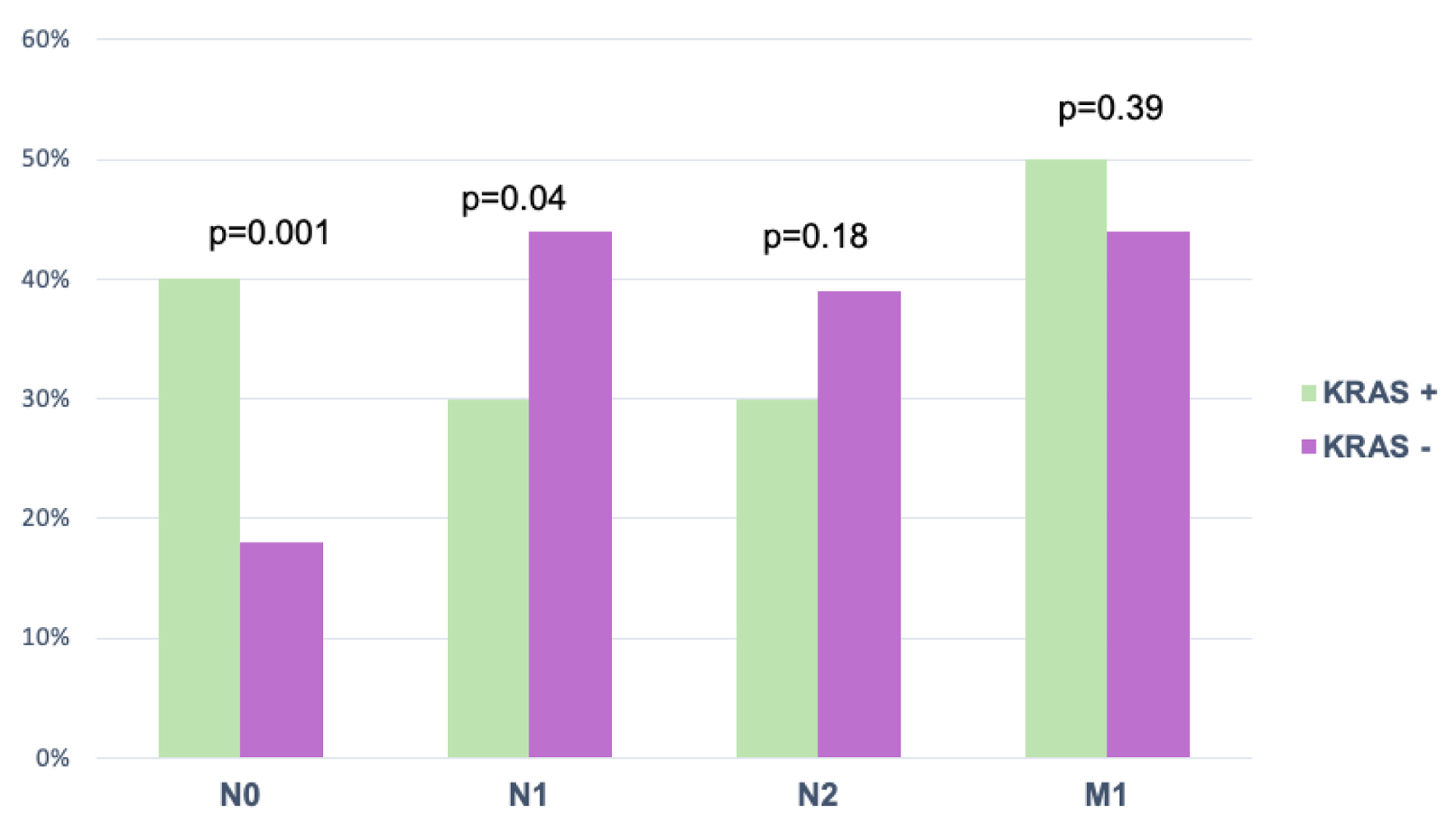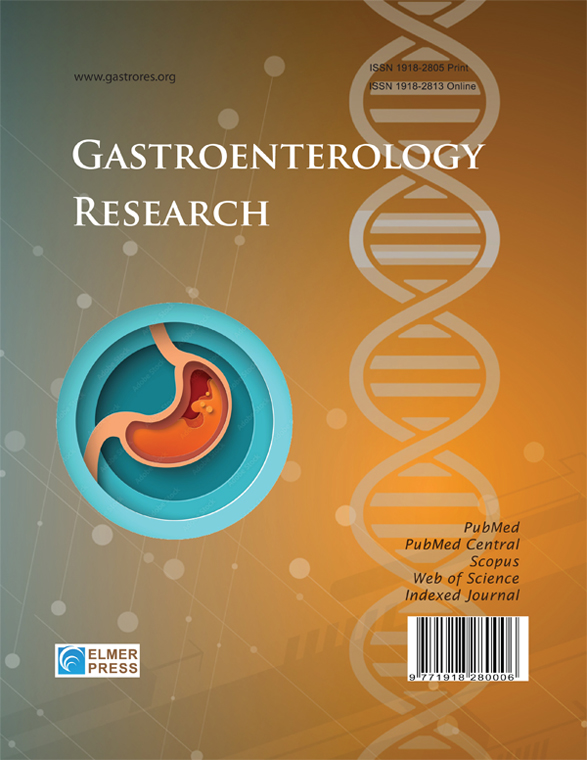Clinicopathological Features of KRAS-Mutated Colon Cancer: An Analytical Cross-Sectional Study
DOI:
https://doi.org/10.14740/gr2032Keywords:
KRAS mutation, Colon cancer, Clinicopathological features, StagingAbstract
Background: Colon cancer is a leading neoplasm worldwide, with 35% to 45% of colorectal cancer (CRC) patients exhibiting mutations in the Kirsten rat sarcoma oncogene (KRAS). This mutation affects disease development and serves as a biomarker for early detection, prognosis, and treatment. The objective of the present study was to identify the clinicopathological characteristics of colon cancer patients with KRAS mutations.
Methods: An analytical cross-sectional study involving patients with CRC was conducted. The study variables included sex, age, tumor location, KRAS and B-Raf proto-oncogene (BRAF) mutations, and the presence of metastases.
Results: The study involved 51 patients, with a mean (standard deviation) age of 61.4 ± 11.0 years. The most common tumor location was the sigmoid colon (35.3%), and 45.1% of patients were classified as tumor, node, metastasis (TNM) stage III with lymph node dissemination. Genetic analysis revealed that 35% of patients had KRAS mutations, while 32% had BRAF mutations. Notably, 61.1% of KRAS-positive patients also had BRAF mutations compared to 15.1% of KRAS-negative patients (P = 0.02).
Conclusions: KRAS-positive patients predominantly had tumors in the sigmoid colon. The coexistence of KRAS and BRAF mutations suggests a potential molecular interaction influencing disease progression. These findings highlight a distinct genomic pattern and the need for further research into its clinical implications.

Published
Issue
Section
License
Copyright (c) 2025 The authors

This work is licensed under a Creative Commons Attribution-NonCommercial 4.0 International License.









